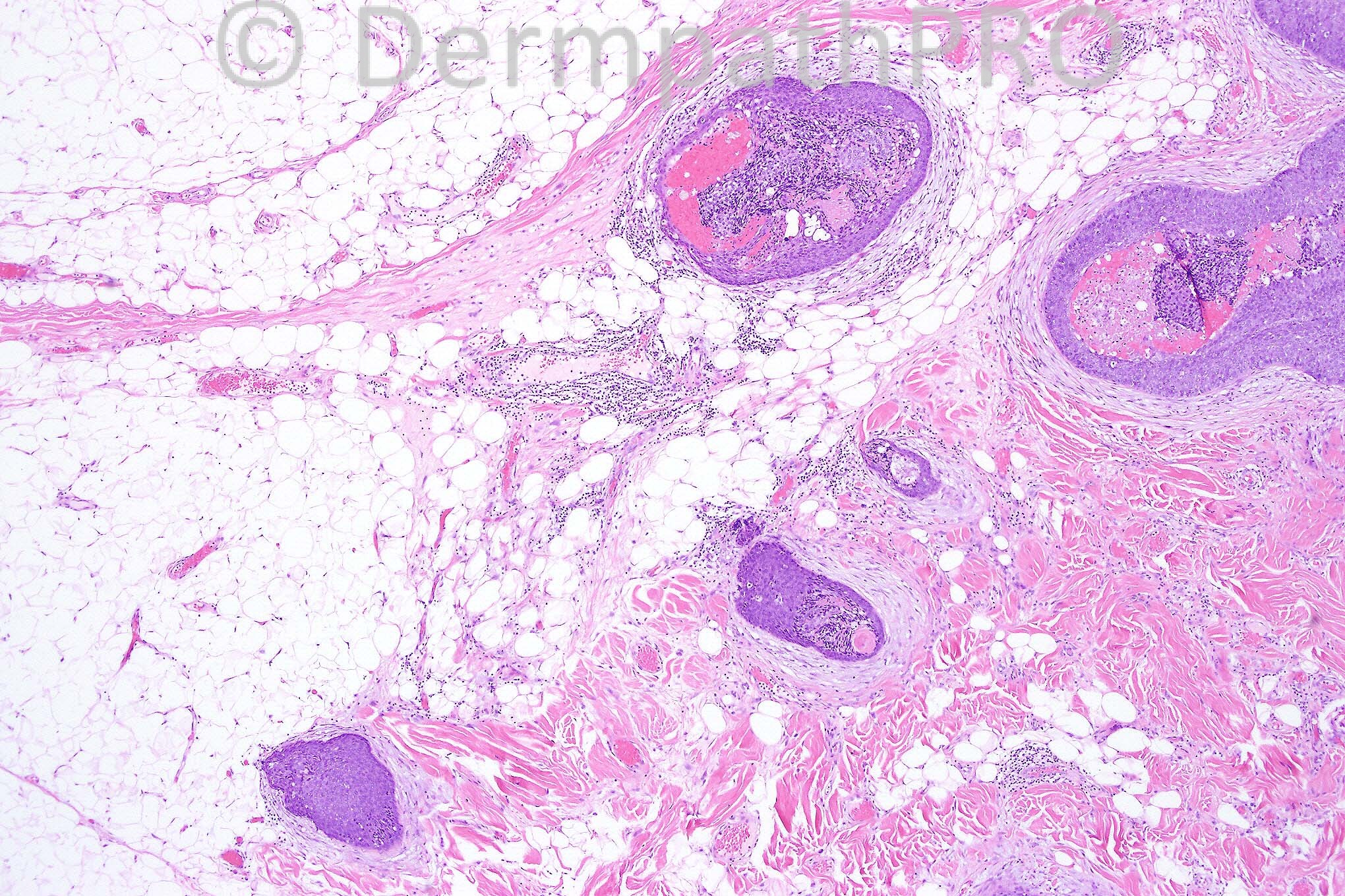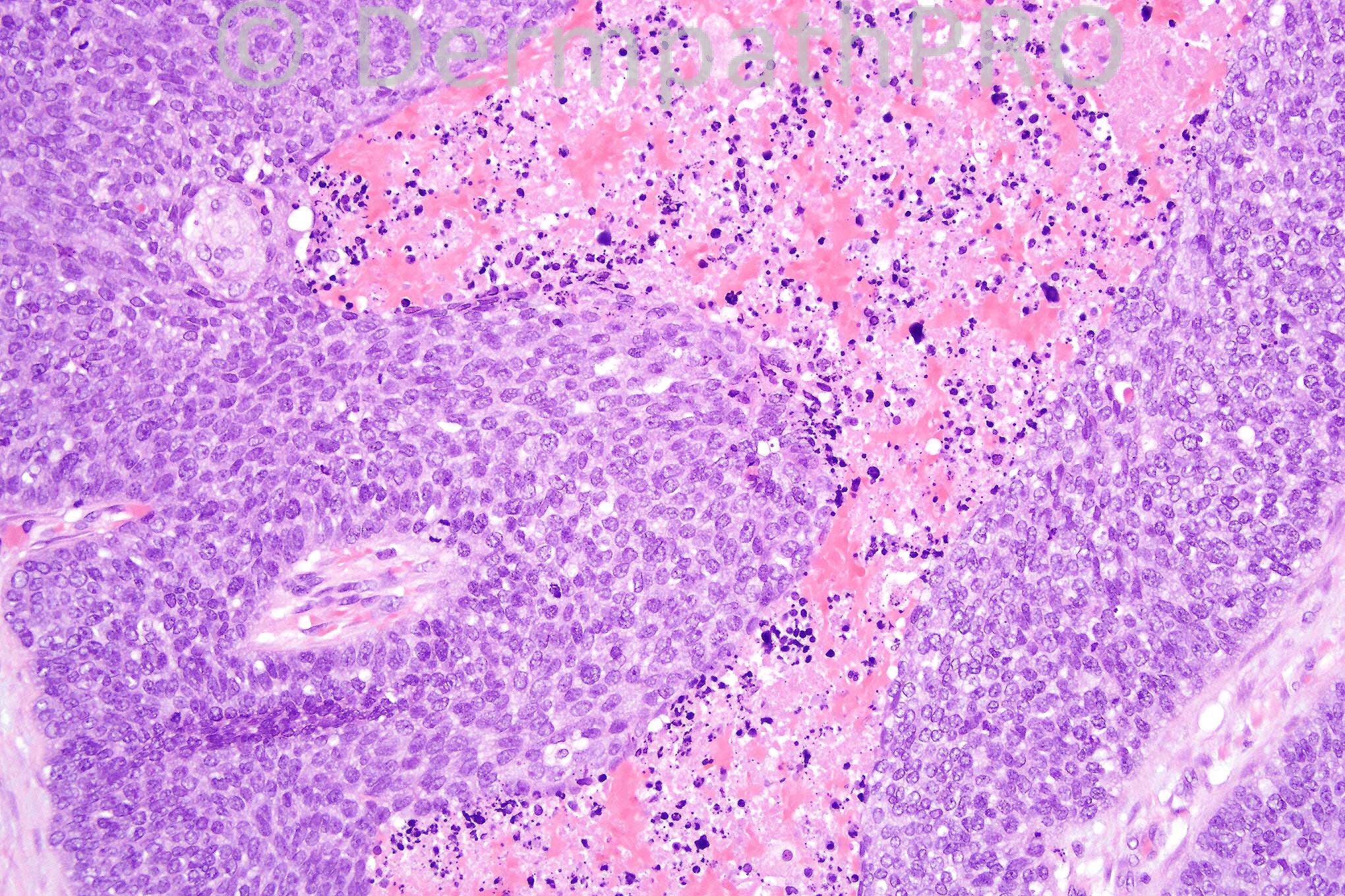Case Number : Case 645 - 28 Nov Posted By: Guest
Please read the clinical history and view the images by clicking on them before you proffer your diagnosis.
Submitted Date :
Male 84 years with a long-standing nodule on the scalp and recent increase in size.





User Feedback